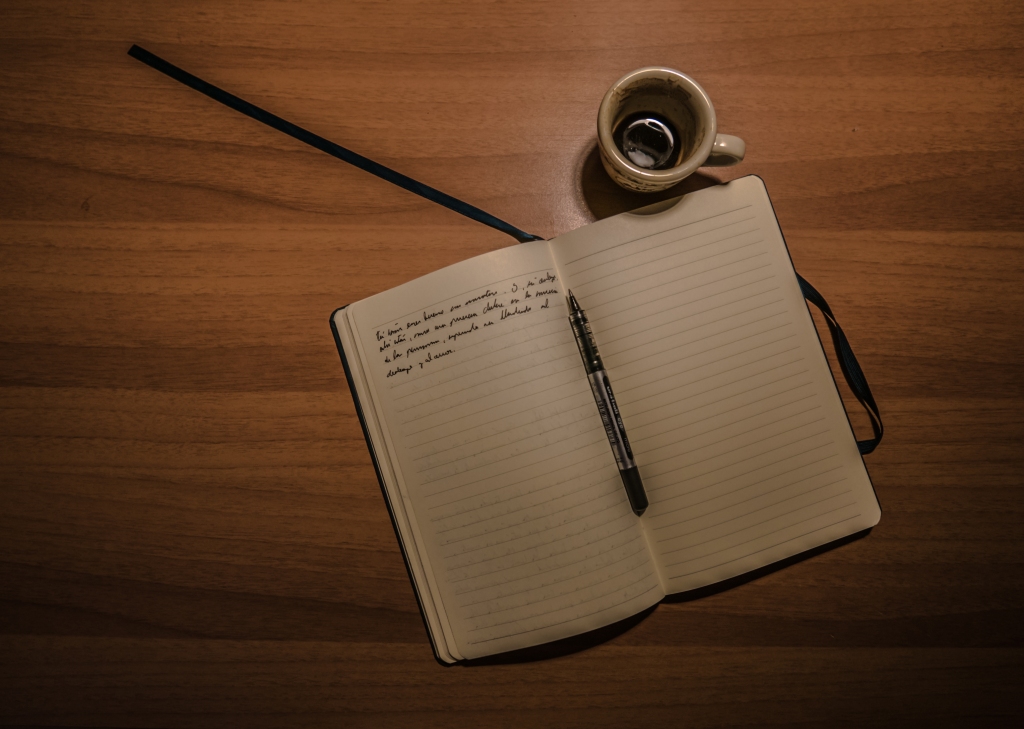If you’ve been following the blog, you’ve seen my other two posts on brainstorming tips. We’ve gone over mind mapping and working with other people to generate ideas.
Another extremely helpful brainstorming technique is freewriting. I know that I, personally, don’t take advantage of freewriting nearly as often as would be good for me. As writers, we don’t have a lot of free time, and so we want to use that free time making progress on our stories. We want to make that word count goal or finish that chapter. It’s hard to take time to write something that we know ultimately isn’t going to make it into the story—but trust me, it will be worth it.
I have used freewriting to come up with plot ideas, to learn more about my characters, and to create setting details that I may not have come up with unless I had taken the time to focus on it. Ultimately, you may not use all the details you come up with, but the more you know about your characters and their world, the stronger they’ll be, and the better you’ll be able to convey them.
Try one of these freewriting exercises:
- Choose a setting from your story where your characters spend a lot of time. Make a list of as many details as you can think of about that setting. It might be helpful to consider the five senses and make sure each of them are covered. It might also be helpful to do a little research about that setting and take some notes.
- Imagine that you are visiting one of your characters. Ask them about their backstory. Alternatively, write a letter from your character to you. What would that character want you to know about them? About their motivations? Why are they doing what they do, and how do they feel about it? Again, it might be helpful to do some research.
- Make a list of “What If” questions, exploring possible routes your characters might take in the plot of your story. Even if you have a pretty good idea of what happens next, trying coming up with some alternatives and explore where those plot lines might take you.


